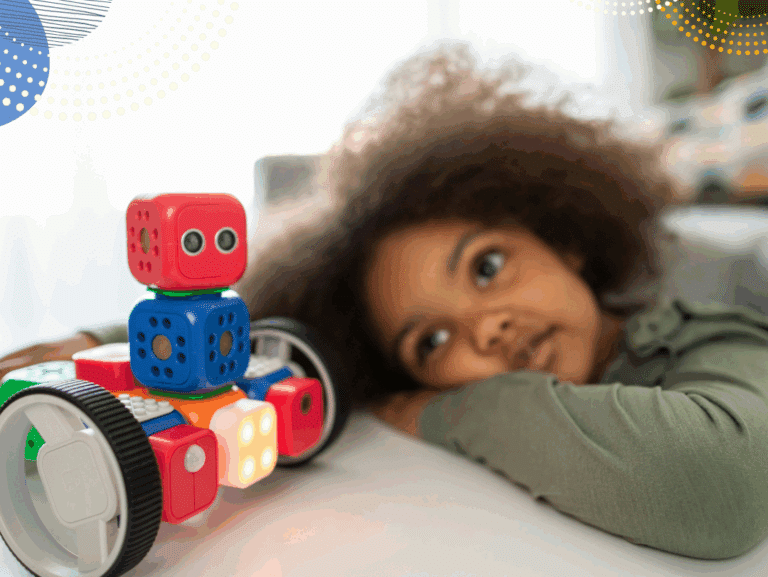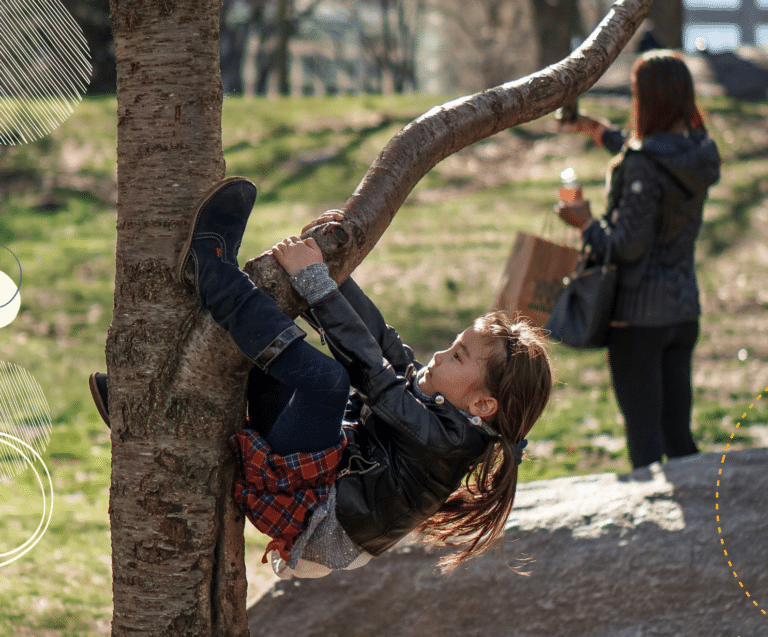Activities to build children’s confidence
My original idea for this post was to write a summer bucket list of fun activities to build children’s confidence and inspire them to believe “I can do hard things!” However, to be honest, most of the bucket lists I read online are pretty useless. They involve access to resources I don’t have, ideas my kids would absolutely hate, or feats of ingenuity I am clearly not capable of seeing that I am searching online for quick fix ideas!
So, I decided to take it back to basic principles instead and think about the types of activities that build children’s confidence – then allow you, as parents, to decide exactly which specific activities might best suit your child/family/budget/timing within those categories.
In order to build their self-esteem and feel good about themselves, children need ‘moments to shine‘. These are the moments when they feel a bit of pride or triumph, that they have succeeded in something difficult or made a difference in some way. For activities to build children’s confidence, they need to extend them in some way. To be at the edge of what your child can already manage (without being so difficult that they become disheartened or give up). Only you know what those activities might be for your unique child and what will light their fire.
A quick proviso – if your child is prone to anxiety, remember that the level of challenge needs to be smaller. The challenge needs to feel a bit hard but manageable so that your child feels confident of success. Anxious children build their confidence best through small stepping stones not giant leaps. And remember, it’s how your child feels about the level of challenge that matters, not how you feel. (See our support for parent of children with anxiety if you want help with this).
Of course, the best bucket lists are always made by sitting down with your child/family and coming up with ideas together. Here are a few starters to get you thinking.
Do something scary (but safe)
These are the types of activities that get your heart racing but where there are lots of safeguards in place. Overcoming a bit of fear is a great way to get that “I can do it!” feeling and boost confidence. There are loads of fun options in this category if your family like a bit of adrenalin! Examples for older children might include:
- High ropes course
- Zip wire
- Abseiling
- Rollercoaster or Big Wheel
Do something independently for the first time
Learning to do something without adult assistance is a great confidence booster for children. There are many activities children can do around the home that will extend their skills and build independence. For younger children, ideas might be:
- Washing their hair by themselves
- Making their own picnic lunch
- Sweeping the patio
- Putting on the duvet cover
Do something difficult to master
These are the types of activities that children will need to practise and stick with and learn through making mistakes. They require a bit of persistence but the pay off is rapid improvement in skill level. Exactly which activities will work for your child depends entirely on their interests. My boys loved physical adventures so new watersports (like surfing and windsurfing) were ideal for them. But for your child, it could be something crafty (crochet or knitting) or a difficult construction toy build (without instructions!).
Do something dangerous (safely)
The best activities to build children’s confidence often involve a little risk – safely managed, of course. This might be taking a risk in play by climbing the ladder of a higher slide or walking along the top of a wall holding Dad’s hand.
But why not think bigger? With appropriate adult supervision, children can learn to use real tools to build things (saws, hammers etc) – try building a bird box as a starting challenge. Or how about building (and lighting) a camp fire? Put clear rules in place and show them how to do things safely (and be there to supervise) and these types of activities can be great for children’s confidence.
Raise money for charity
I know this is very specific but there are lots of reasons why raising money for charity is a very effective confidence booster. Firstly, children can see directly the difference they are making. Impact and a sense of agency are key components in self-esteem. It also involves effort – there’s lots of planning and persistence and persuading other people to get involved.
You can allow children to choose precisely which activity they do to raise money (but do point out that people will only donate if they think they have made an effort!). They could join a pre-organised sponsored walk/cycle/swim (preferably a challenging distance for that extra sense of success). Or, they could devise their own personal challenge and choose their own charitable cause (which ticks the ‘learning independence’ box nicely!). Or, they can set a fundraising target and come up with lots of different ideas to work towards it.
I hope you have found some food for thought here. I’d love to know your suggestions for activities to build children’s confidence. What have you tried? What worked? What definitely didn’t work? Or, if you are still flummoxed, why not check out these books to inspire children to be adventurous and these 10 Growth Mindset Books for Younger Kids.
Does your child suffer from ANXIETY? We offer specialised support for parents to help you learn how to support an anxious child/teenager and build their confidence. Details here.
*This post contains affiliate links to Amazon.








Leave a Reply